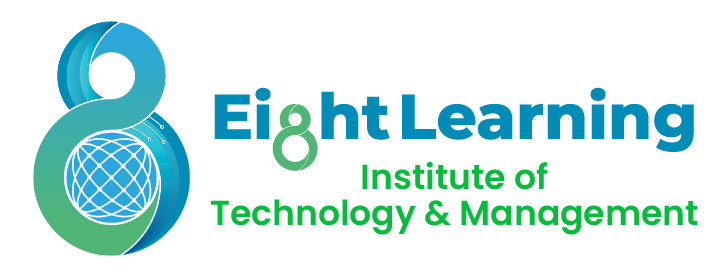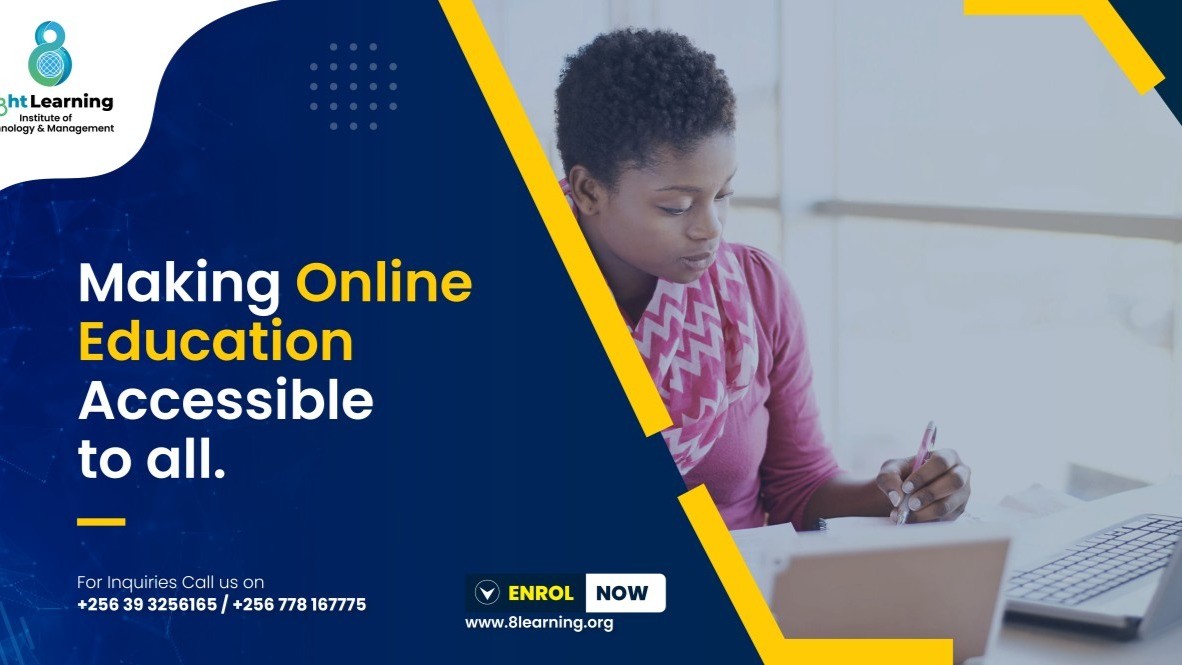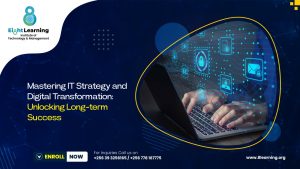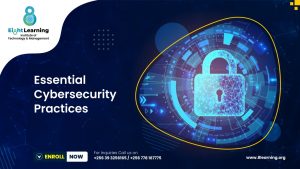Access to education is now more crucial than ever. However, traditional barriers such as geographical distance, financial constraints, and physical disabilities have often limited individuals’ ability to pursue learning opportunities. Online education has the potential to revolutionize access by offering greater flexibility and reach. However, despite the benefits of digital platforms, significant hurdles remain that prevent many learners from taking full advantage of these opportunities. This article will explore the key barriers still facing online education and discuss how we can work to overcome them, ensuring truly inclusive and equitable access for all.
- Bridging the Gap in Geographical Accessibility: While online education can reach learners in any location, those living in remote or rural areas still face challenges. Limited internet access and inadequate infrastructure create significant obstacles for these learners, preventing them from fully benefiting from online courses. To close this gap, expanding internet coverage and investing in infrastructure improvements are critical to ensure that geographic location no longer dictates one’s educational opportunities.
- Making Education Financially Accessible: Although online courses can be more affordable than traditional in-person programs, costs like tuition, technology requirements, and materials remain prohibitive for many. Addressing financial barriers requires a concerted effort to provide free or low-cost options, as well as scholarships and financial aid. Access to open educational resources (OER) is also vital to ensure students can obtain high-quality learning materials without additional expense.
- Enhancing Digital Literacy and Accessibility: To make online education effective for all, digital literacy is a must. Many learners, especially those new to online platforms, may struggle to navigate course materials and technology. Additionally, individuals with disabilities can face extra challenges if the platforms aren’t accessible. From ensuring screen reader compatibility to providing captions and adjustable interfaces, there’s a need for better support and more inclusive design in digital education tools. Providing training in digital literacy will empower more learners to engage confidently with online education.
- Addressing Language and Cultural Barriers: Language and cultural factors often go overlooked in online education. For non-native English speakers and learners from diverse cultural backgrounds, course materials may not be accessible or relatable. Offering courses in multiple languages, incorporating diverse perspectives into content, and ensuring culturally sensitive resources will help break down these barriers. Creating an inclusive learning environment is key to ensuring learners from all backgrounds feel supported.
- Building Support Systems and Community: Online education isn’t just about delivering content—it’s about creating a supportive learning environment. Many students need academic advising, tutoring, counseling services, and opportunities to interact with their peers. By fostering a strong sense of community and providing comprehensive support services, online platforms can help learners stay engaged, reducing feelings of isolation and improving overall retention.
While online education holds immense potential for democratizing access to learning, it is only by addressing these persistent barriers geographical, financial, digital, linguistic, and cultural that we can truly unlock its full power. By doing so, we ensure that online education isn’t just accessible, but also equitable, empowering learners from all walks of life to achieve their goals and contribute to a more inclusive and just society.





